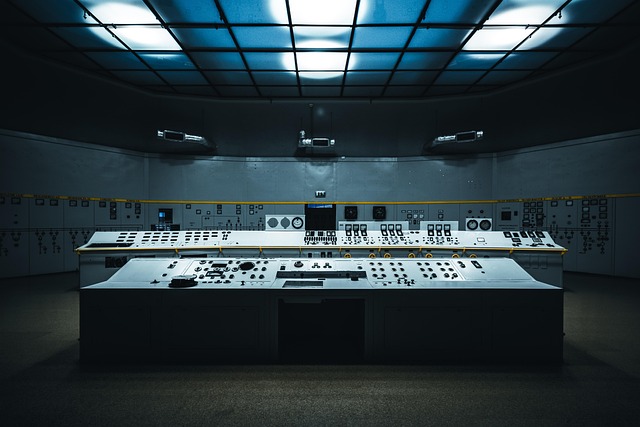In the world of audio recording, the process can often feel overwhelming. With multiple takes, edits, and versions of a single track, how do you keep it all organized? That’s where version control comes to the rescue! Understanding the art of version control will not only simplify your workflow but elevate your recordings from ordinary to extraordinary.
Imagine sitting in your home cinema, the lights dimmed, and the sound enveloping you as you listen to your latest masterpiece. It’s not just about recording; it’s about creating a cohesive story throughout your audio. Every recording session yields multiple versions, and the ability to track each one ensures that your creativity flows without interruption.
With version control, you can easily manage various iterations of your audio tracks, whether you’re layering vocals, mixing instruments, or experimenting with sound effects. No longer will you fear losing that perfect take or getting lost in a sea of different files. Instead, you can focus on the magic of sound, much like the immersive experience of a well-crafted video in a cinema room, where every detail matters.
For those delving into audio recording, adopting version control practices can make a world of difference. One popular method involves using software like Git, traditionally designed for code but equally effective for audio projects. By committing new versions of your tracks, you can maintain a detailed history of changes, allowing you to revert to previous versions effortlessly. Just like how filmmakers meticulously review footage, audio engineers can do the same with their recordings.
Another essential tool in version control for audio is naming conventions. Clear and consistent naming helps identify tracks based on their status, such as ‘v1_draft’, ‘v2_edit’, and ‘final_mix’. This practice ensures that you and anyone collaborating on the project can quickly locate the right version, whether they’re setting up a new recording session or working together in a home cinema to finalize the project.
Additionally, consider using cloud storage for your audio files. This not only provides a backup in case of hardware failure but also facilitates collaboration. Imagine working on your audio with a friend, perhaps in that cozy cinema room you’ve engineered for home listening sessions. With version control in the cloud, both of you can track changes made in real-time, resulting in an audio project that reflects the best of both worlds.
Furthermore, regular documentation—be it in the form of notebook entries or a digital log—can greatly aid in version control. Just as a filmmaker keeps track of shot lists and notes, an audio engineer should document the evolution of each recording. Jotting down thoughts about why certain edits were made or what you were aiming for in a specific take creates a rich archive that can be invaluable in future projects.
Ultimately, mastering version control in audio recording transforms the way you create. The journey from raw sound to polished tracks mirrors the process of bringing a video project to life, where each edit enhances the story being told. So, the next time you sit down in your home cinema to listen to your work, you’ll appreciate how version control has made the process smoother, allowing your creativity to shine through. Embrace the power of version control, and take your audio recording experience to the next level!



